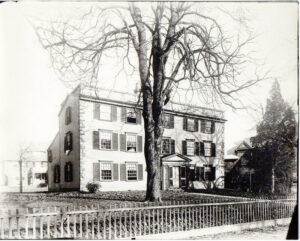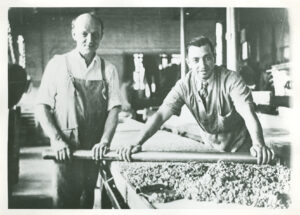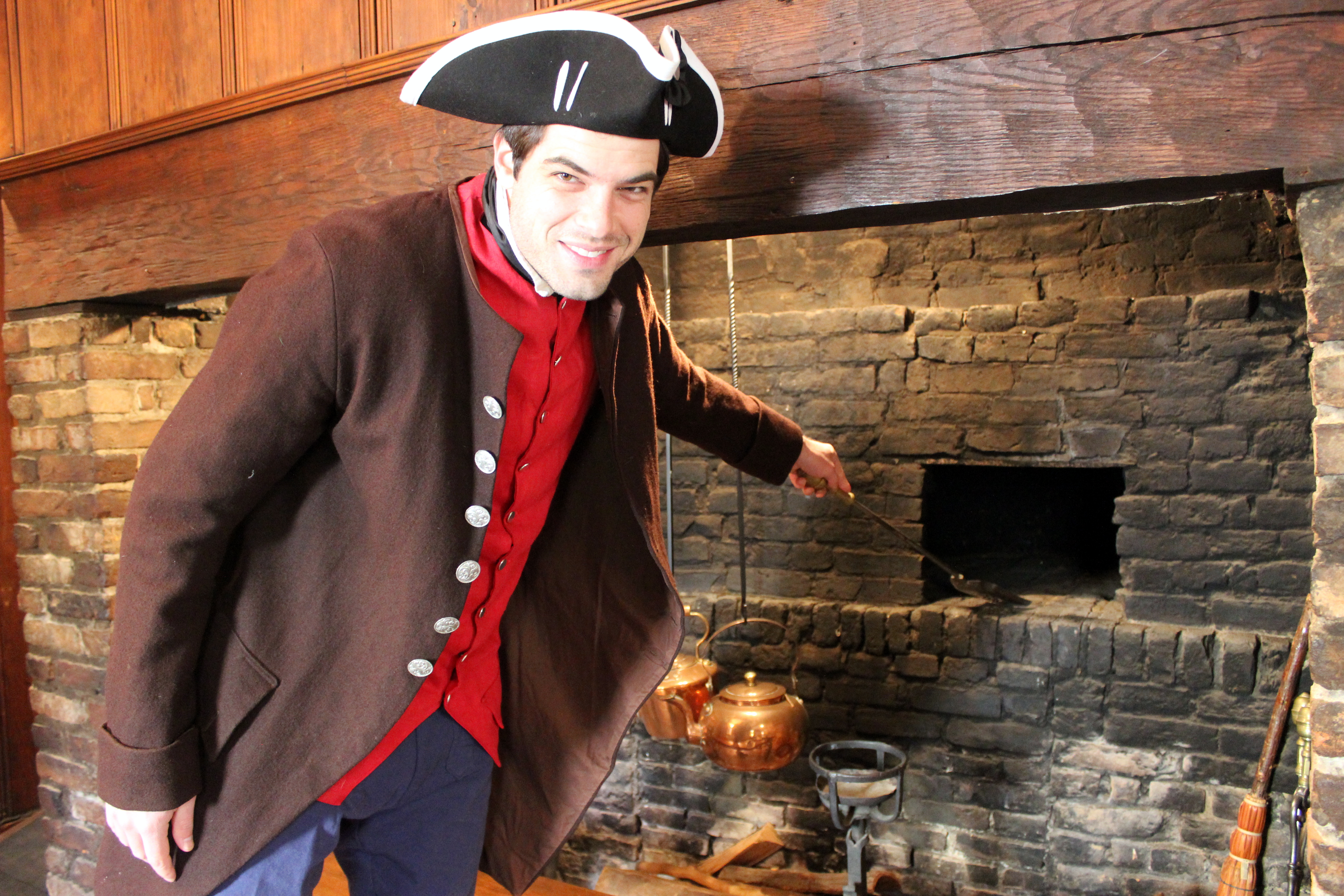Why the “Longfellow” Bridge?
By Franklin Reece, 2015
In 1905, the magnificent Longfellow Bridge was nearing completion, even as the Cambridge Historical Society came to life. And today, 110 years later, the iconic bridge is being restored, just as the society enters an exciting new stage of life.
The bridge was an engineering marvel. Designed to mimic the artistic style of the bridges of Europe, it added a dramatic flair to the Charles River. Its “salt and pepper” towers and Viking ship prows reflect a period in Cambridge’s history when it was perceived as up-and-coming, international, and world class.
Chief engineer William Jackson and architect Edmund Wheelwright combined steel and masonry to create eleven arches supported on ten piers with four ornamental granite towers. Each of the “salt and pepper shakers” is made up of 515 Rockport granite stones weighing up to three tons apiece.
It was a love story that earned the bridge its name, however. Beginning in 1836, the bridge carried Henry Wadsworth Longfellow from his apartment in Craigie House on Brattle Street to the Beacon Hill home of Frances “Fanny” Appleton. She was a young beauty and the daughter of Boston industrialist Nathan Appleton, and Henry was a heartbroken 29-year-old widower. Known as the West Boston Bridge then, it was a wooden structure built in 1792 as a toll road to connect the capitol with its prosperous neighbor. Longfellow took this trip, usually on foot, every day for seven years.
In 1837, when Fanny rebuffed his first proposal of marriage, Longfellow stopped on his way back to Cambridge that evening and began to work on his poem “The Bridge,” which immortalized the span he knew so well. Hundreds of trips later, Fanny finally accepted, and they were married in 1843. “The Bridge” was published in 1845 and depicts his initial misery at being rejected by Fanny compared to his joy at her change of heart. It became a poem memorized by generations of school children.
The new bridge opened in 1907, the centennial of Longfellow’s birth, and many, including Boston Mayor “Honey Fitz” Fitzgerald, wanted it named after the great poet. Unfortunately, the state legislature had already named it the New Cambridge Bridge, and not until 1927 was it officially christened the Longfellow Bridge by an act of the legislature.
Mr. and Mrs. Longfellow had six children, the fourth of which, Edith, married Richard Henry Dana III, son of Richard Henry Dana Jr., who authored Two Years Before the Mast. The younger Dana founded the Cambridge Historical Society in 1905 and served as its first President.






